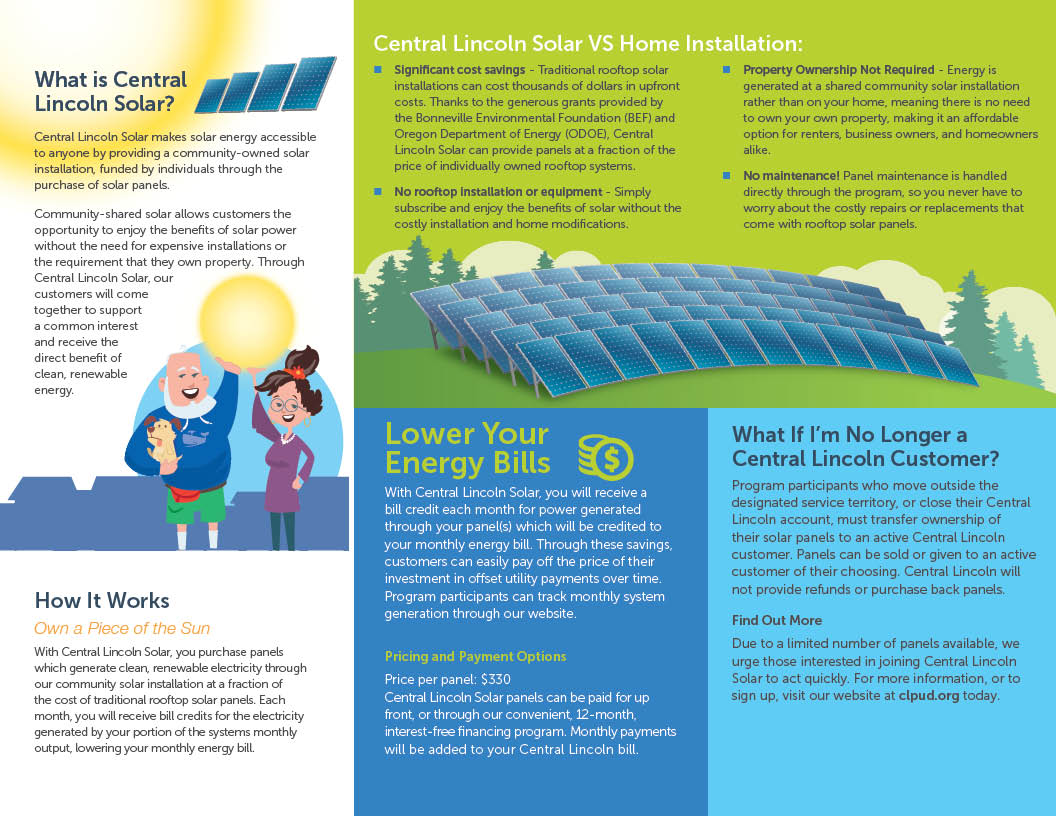Brochures are a great opportunity to communicate with your customers in a more detailed manner than postcards or social media posts allow. But is your message on point or is it getting lost in translation? Following these five writing tips will help you create clear, concise copy that keeps your audience engaged.
TIP #1: BREAK IT DOWN
Because brochures contain more copy than many mediums, getting started can feel a little overwhelming. Writing an outline will help you clarify your thoughts and make sure you stick to the point. This means first writing down the MOST IMPORTANT POINTS you want your customers to take away. Try to sum up the major points in just one sentence. For example, a simple outline for a brochure about Fats, Oils and Grease might look something like this:
FOGS ARE FATS, OILS AND GREASE
FOGS CAN CAUSE BACKUPS IN YOUR HOME
FOGS CAN HARM THE ENVIRONMENT
BACKUPS FROM FOGS ARE PREVENTABLE
Once you have the major points, you can then go back in and fill in the supporting details you would like to include in each section. For example:
BACKUPS FROM FOG ARE PREVENTABLE
Don´t scrape food particles into the sink.
Can and recycle cooking oil.
Your outline is not necessarily the final wording you will use. But it does give you a road map to follow so you don’t get lost or bogged down while writing your brochure. Remember, if you’re not sure about what you want to say, your customers won’t be either.
TIP #2: DON’T THROW IN THE KITCHEN SINK
In today’s world of sound-bites and tweets, it can be challenging to keep your readers’ attention. Overloading your audience with unnecessary details may give them an easy excuse to tune your message out. As you write, try to ask yourself if the information you’re relaying is both vital to making your main point and pertinent to your reader. For example, utility customers need to know that throwing oil down a storm drain is illegal. However, they don’t need to know the number and section of that specific city law. Fine tuning your copy in this manner will help you cut the fluff and keep your message on point.
TIP #3: CUT THE SHOP TALK
As with all industries, the utilities sector has its own specific terms and jargon. For your average reader, however, using overly technical language can be confusing. Be sure to review each section of your brochure and ask yourself if somebody outside the utility industry would get what you’re trying to say. If not, try to re-write the section in a way that a friend or relative would easily understand. This exercise is vital to keeping your copy understandable and your readers engaged.
TIP #4: SPICE UP YOUR SUB-HEADS
One of the pitfalls of writing technical copy is that it’s easy to fall into a flat, boring tone. Incorporating personality may seem challenging, but a little can go a long way. A great place to start is with your subheads. To keep your readers attention, try making them a little unexpected or humorous. Including a benefit for your customers in a subhead is also a good way to keep them reading. Don’t be afraid to play with your copy a bit. It could make your brochure more fun to write and to read!
TIP #5: WALKING AWAY CAN BE A GOOD THING
While working on a brochure, it´s easy to get “too close” to the copy and lose your objectivity. If your schedule allows, it’s important to walk a way for an hour or even a day and then read what you wrote with a fresh eye. You may find that a message you thought you were relaying clearly is actually confusing. Or that certain details aren’t pertinent to your main point. Giving yourself a little breather can help you see things you missed and may even give you fresh insights!
Feeling mentally blocked after focusing for a long time? Sometimes a mini-break can help. Try getting up, walking around or even doing a few stretches. A little physical activity can loosen your mind up and help you get back into the flow again!

